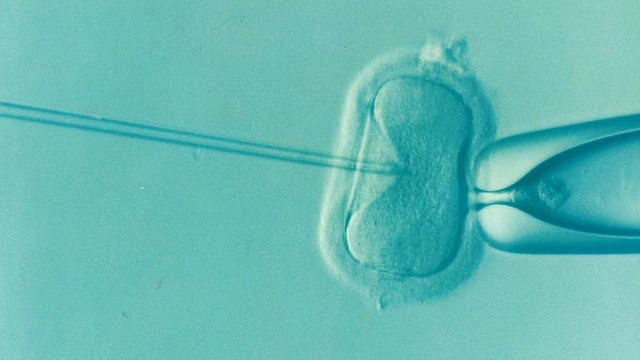
A baby brings joy to the family, but unfortunately some couples find it difficult to conceive. The good news is that a lot of options are available for couples who have fertility issues to get the chance of having children of their own. In this article, we will look into in vitro fertilization.
The Reality of Infertility
Inability to conceive may be brought about by several factors, such as:
- Being overweight/underweight
- Having a hormonal imbalance
- Having an autoimmune disorder
- Using certain medications
- Using illicit substances
- Using tobacco and/or alcohol
- Exposure to occupational hazards
- Certain medical conditions such as fallopian tube issues, endometriosis, sexually transmitted disease,
- Exposing genitals to heat (men)
- Low sperm count
- Stress
All of these things may cause or aggravate the infertility of an individual or couple.
Fertility Treatment Options
Fortunately, technology has given people a glimpse of hope to finally have their own children. Some of the medical breakthroughs in this field include fertility drugs, surgery, intrauterine insemination, intracytoplasmic sperm injection, and gestational surrogacy.
In vitro fertilization has also become one of the most popular means of providing hope to childless couples. Each of these fertility option treatments has their own side effects and drawbacks. The costs vary as well.
In Vitro Fertilization
In vitro fertilization (IVF) is a medical procedure that involves the development of the embryo in a laboratory setting, from which it is injected back to the woman’s uterus. The first recorded successful IVF pregnancy was in England in 1978.
IVF requires weeks of medication and a number of office visit and procedures. Full understanding of what to expect throughout the process can help make IVF more manageable.
Couples may want to seek for more information regarding this technique. See more on this site to know about the egg donation program.
In Vitro Fertilization Procedure
During IVF, the eggs are fertilized in the laboratory to form embryos, which are then placed back into the woman’s uterus.
Below are the components of IVF procedure:
Ovarian Stimulation
The woman will be required to take medications that will stimulate the production of more egg follicles. The growth of the follicles is monitored through blood tests and transvaginal ultrasound.
Egg retrieval/harvesting
Retrieval of eggs are performed through minimal transvaginal procedure, wherein the eggs are aspirated one by one.
Semen specimen
A semen specimen will be needed on the day of egg retrieval. The collection of semen may be done at home. However, if the couple lives several hours away from the clinic, it is recommended to collect it at the clinic.
Fertilization
Fertilization is performed by the embryologist. This is accomplished by culturing the eggs and sperm together, or by injecting each egg with a single sperm cell.
Embryo maturation
The embryos mature for 6 days before being transferred.
Preimplantation testing
During the development of the embryo, the embryologist will screen for possible problems with the embryos. Only embryos that appear to be healthy are transferred.
Embryo transfer
The embryos are then transferred to the uterus by inserting a catheter through the cervix into the uterus, into which the embryos are deposited. Any excess embryos may be frozen for future use.
Quick facts about In Vitro Fertilization
Some couples hesitate to undergo in vitro fertilization because of so many misconceptions. Here are some quick facts to help childless couples better understand infertility and in vitro fertilization.
- Infertility affects one in every six couples. About 5% of childless couples consider IVF as their fertility treatment option.
- The cycle cost is different from the entire cost of the IVF procedure. The cycle cost consists of the time when the eggs are collected until the embryo is transferred. Blood tests, medications, and additional techniques are not included.
- The chances of conceiving using IVF is higher in women aged between 30-40 years old.
- The success rate of IVF treatment is around 35%.
- IVF increases the likelihood of having multiple births, from 3% in natural conception to 33% with IVF treatment.
Although IVF comes with a hefty price tag, many couples choose to pay for the opportunity to have a child. According to the American Society of Reproductive Medicine, the average cost of an IVF cycle is about $12,400.
IVF treatment raises hope for longtime childless couples, and is definitely worth a try for anyone who has difficulty in having kids.







Speak Your Mind